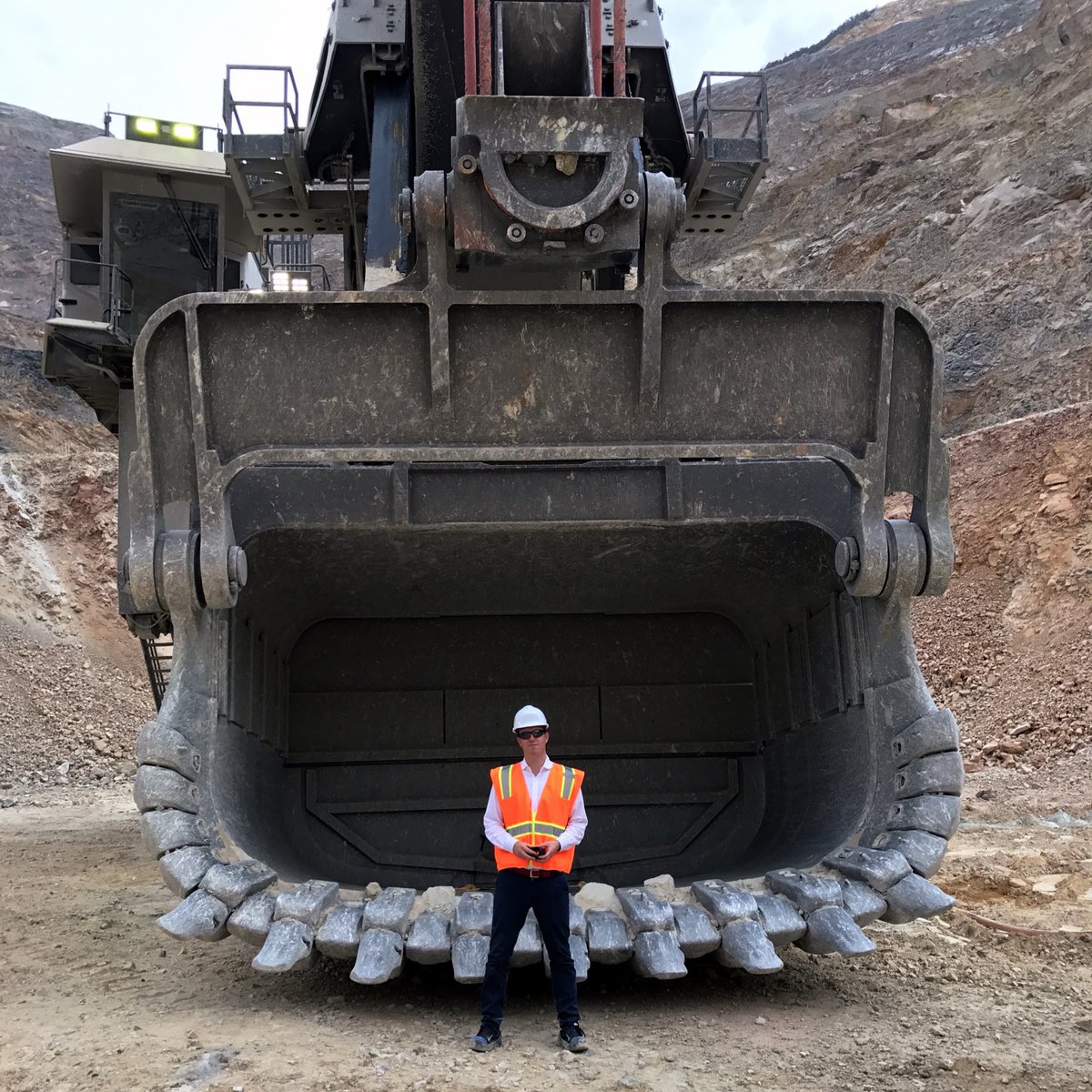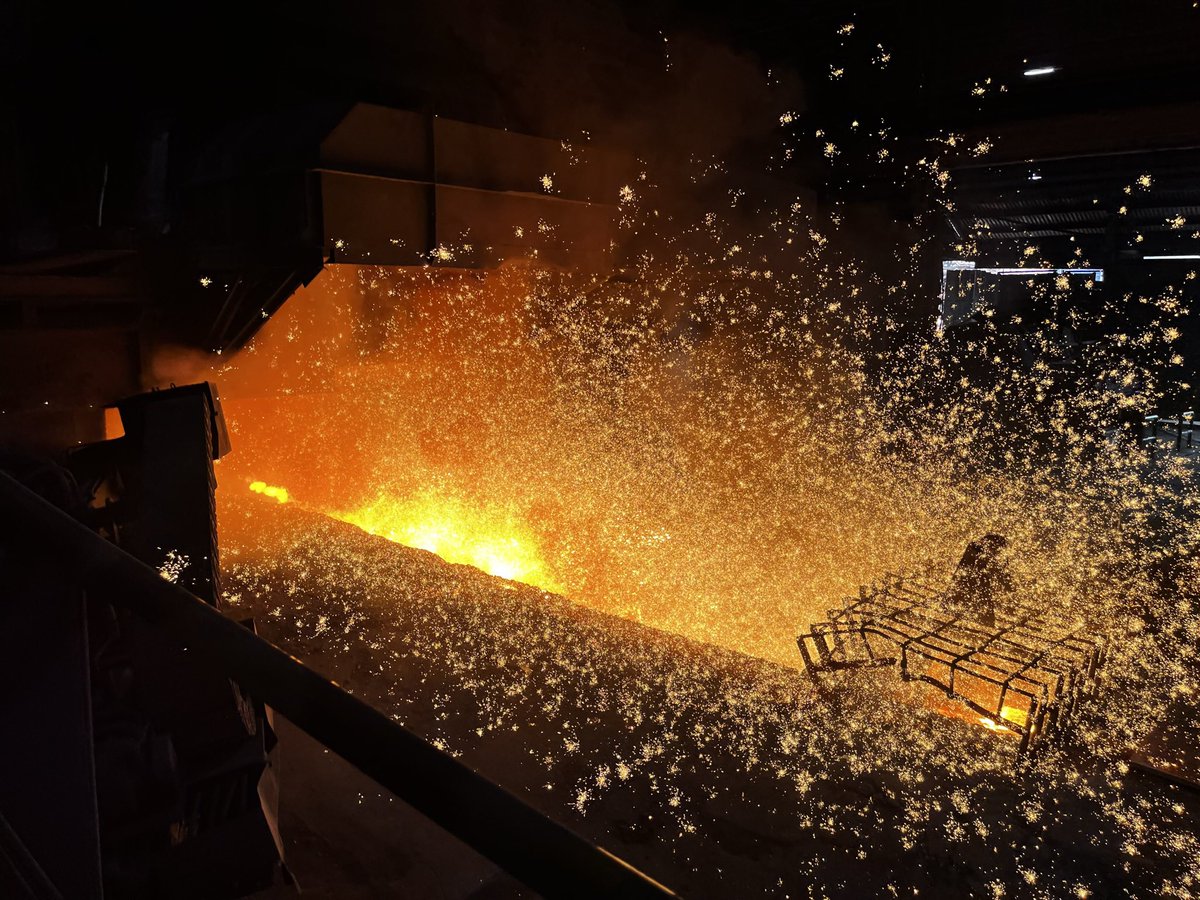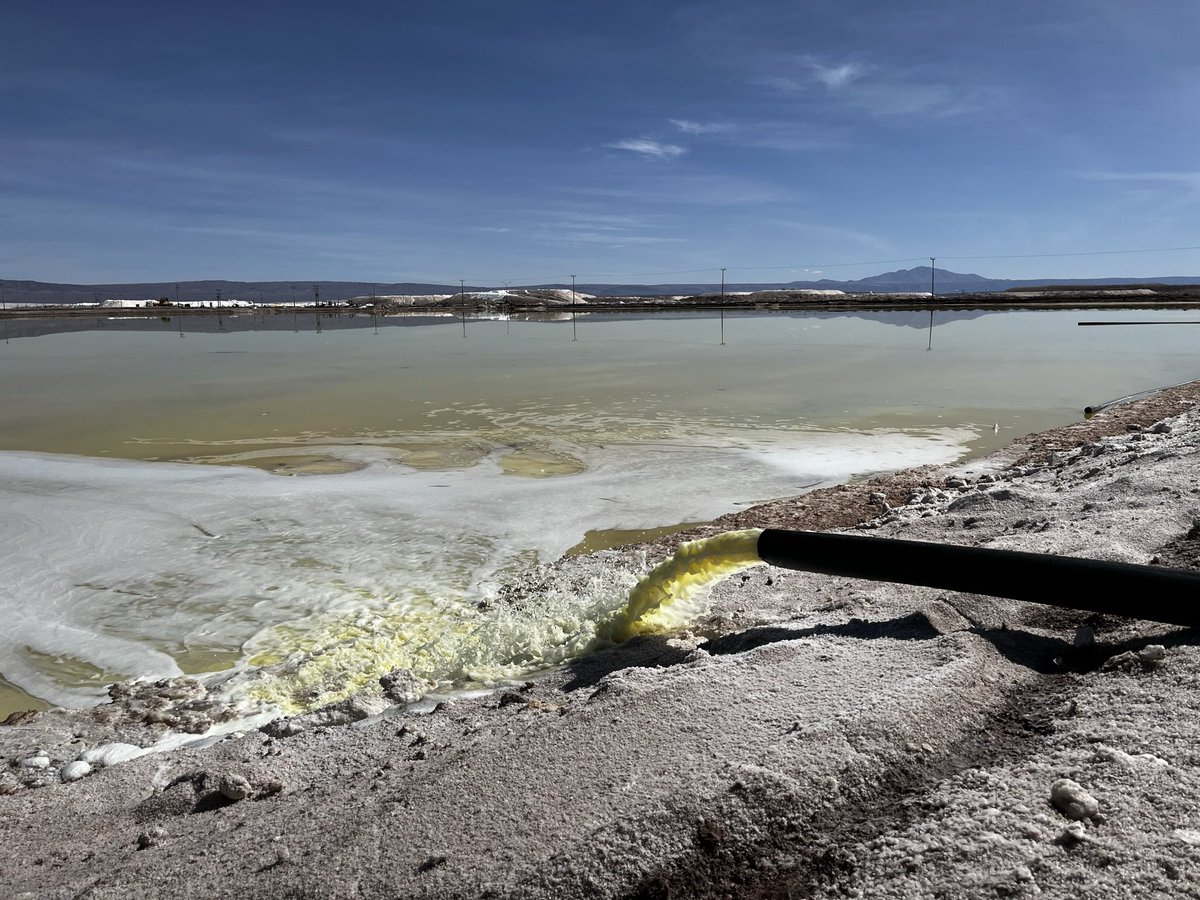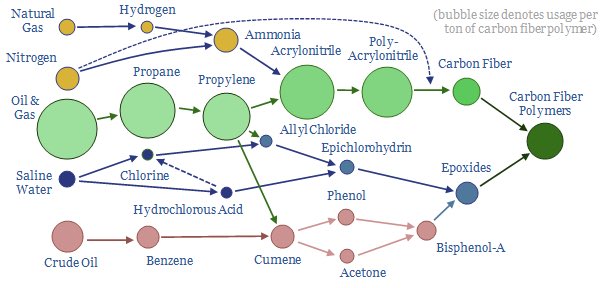That’s me in the hard hat, in front of the bucket of a terrifyingly enormous digger.
What you can’t really tell from the picture is that my head was spinning.
I’d just had one of those moments that change your life forever. It would set me off on a journey around the world…🧵
What you can’t really tell from the picture is that my head was spinning.
I’d just had one of those moments that change your life forever. It would set me off on a journey around the world…🧵

I was at a gold mine in Nevada, one of the world’s biggest. And I had just seen a mountain being exploded. I mean, literally exploded.
Over time they had carved an enormous chunk out of the hill. Which, it turns out was sacred to the local Native American people.
All to get gold
Over time they had carved an enormous chunk out of the hill. Which, it turns out was sacred to the local Native American people.
All to get gold

& I thought to myself: HANG ON.
If this is what we do the landscape to get a metal used mostly for ornamental & monetary purposes, what do we do to get the stuff we REALLY need?
Come to mention it, what IS the stuff we REALLY need?
What are the substances civilisation depends on?
If this is what we do the landscape to get a metal used mostly for ornamental & monetary purposes, what do we do to get the stuff we REALLY need?
Come to mention it, what IS the stuff we REALLY need?
What are the substances civilisation depends on?

Conventional economics, the sector I’ve spent my career in, didn’t have many answers. So I tried to find some.
I spoke to hundreds of people making the substances & products we all rely on. From fertilisers & chemicals to metals & batteries, our world was built by these people.
I spoke to hundreds of people making the substances & products we all rely on. From fertilisers & chemicals to metals & batteries, our world was built by these people.
I discovered that gold mining is just the start of it. Our appetite for raw materials is rising rapidly 👇
We like to convince ourselves the world is becoming DEmaterialised.
Not a bit of it. We’re ever MORE reliant on the rock and metal and fuels we pull out of the ground.
We like to convince ourselves the world is becoming DEmaterialised.
Not a bit of it. We’re ever MORE reliant on the rock and metal and fuels we pull out of the ground.

Yet because so much of this stuff is mined and refined and processed on the other side of the world - because it’s out of sight - we allowed ourselves to forget that it was happening at all.
But the flipside of our demand for STUFF is ever bigger holes like that one in Nevada.
But the flipside of our demand for STUFF is ever bigger holes like that one in Nevada.
I travelled the world to see them. I went down ever bigger holes. I descended to the deepest mine in Europe, where temperatures are over 50 degrees. I saw rock being melted into lava and watched it being formed into metal and then machines.
It was mind blowing.
It was mind blowing.

Along the way I began to understand the flipside, the underbelly of the world I thought I knew.
I saw where the seemingly simple materials we all rely on actually COME FROM. I saw how they’re transformed into things like silicon chips and batteries. And I realised something else:
I saw where the seemingly simple materials we all rely on actually COME FROM. I saw how they’re transformed into things like silicon chips and batteries. And I realised something else:
Our ability to thrive in the future, and to fulfil all those carbon goals we’ve set ourselves, depends on this hidden underbelly I like to call the “Material World”.
It depends on us getting the metals & minerals we need to build the 21st century world.
In staggering quantities.

It depends on us getting the metals & minerals we need to build the 21st century world.
In staggering quantities.


📖Material World📖, my book published today, is my attempt to tell this story. It’s told from the vantage point of six of the substances we couldn’t do without.
We dig and mine and drain the earth for these six materials in enormous quantities. The materials are (deep breath):
We dig and mine and drain the earth for these six materials in enormous quantities. The materials are (deep breath):
1. SAND⏳
Silicon gave us the world’s first advanced technology (glass) & its latest (semiconductors).
We use it in concrete & to make new land.
We mine it in greater quantities than anything. Thieves steal beaches. River habitats are ruined, communities uprooted.
All for sand.
Silicon gave us the world’s first advanced technology (glass) & its latest (semiconductors).
We use it in concrete & to make new land.
We mine it in greater quantities than anything. Thieves steal beaches. River habitats are ruined, communities uprooted.
All for sand.
2. SALT🧂
Not just a condiment. One of the world’s most important substances.
It’s been used as currency, as salary (clue’s in the word). The history of salt is crazy.
But the present day story is similarly wild. It’s STILL the backbone of our chemicals industry
Follow the salt!
Not just a condiment. One of the world’s most important substances.
It’s been used as currency, as salary (clue’s in the word). The history of salt is crazy.
But the present day story is similarly wild. It’s STILL the backbone of our chemicals industry
Follow the salt!
3. IRON⚙️
If it’s not made OF steel (an iron alloy), it’s made WITH steel.
Everything you touch every day. The building you live and work in, the cars & trains you travel in, the hospitals and schools in our towns.
The reason steel matters is because we use it to make EVERYTHING
If it’s not made OF steel (an iron alloy), it’s made WITH steel.
Everything you touch every day. The building you live and work in, the cars & trains you travel in, the hospitals and schools in our towns.
The reason steel matters is because we use it to make EVERYTHING
4. COPPER⚡️
Poss the most under-appreciated substance in the world, copper is the key to our past, our present and our future. We shift more earth to get this stuff than any other metal. And if we’re going to eliminate carbon emissions we’ll need a staggering amount more copper
Poss the most under-appreciated substance in the world, copper is the key to our past, our present and our future. We shift more earth to get this stuff than any other metal. And if we’re going to eliminate carbon emissions we’ll need a staggering amount more copper
5. OIL🛢️
Like it or not, oil & gas remain the beating heart of the modern world. Not just for transport. Petrochemicals provide us with substances which both save lives and pollute the oceans.
They give us fertilisers that keep us fed.
Weaning ourselves off them will be v tough!
Like it or not, oil & gas remain the beating heart of the modern world. Not just for transport. Petrochemicals provide us with substances which both save lives and pollute the oceans.
They give us fertilisers that keep us fed.
Weaning ourselves off them will be v tough!
6. LITHIUM🔋
Up until recently a fringe mineral, today our future depends on getting enough lithium out of the ground to put into batteries in electric cars and to help keep our electrical grids working.
But how will we get enough? And what damage will we cause in its pursuit?
Up until recently a fringe mineral, today our future depends on getting enough lithium out of the ground to put into batteries in electric cars and to help keep our electrical grids working.
But how will we get enough? And what damage will we cause in its pursuit?
They are the stars of the book. But their stories are surprisingly intertwined.
You’ll see how our processes to produce lithium today are eerily similar to the processes our ancestors used to make salt thousands of years ago…
You’ll see how central ENERGY is to the modern world
You’ll see how our processes to produce lithium today are eerily similar to the processes our ancestors used to make salt thousands of years ago…
You’ll see how central ENERGY is to the modern world
You’ll hear about the damage we’ve done in the past, the damage we’re doing now and the damage we may do in the future. But it’s also a tale of wonder: the amazing things humanity can achieve, transforming simple substances into astonishing gadgets.
It’s magic! Alchemy!
It’s magic! Alchemy!
This is the most fascinating thing I’ve ever researched.
It changed the way I look at the world and I hope it changes the way you look at the world.
We’re all living in a Material World, like it or not. Think of this as a kind of guidebook. Out now lnk.to/MaterialWorld
It changed the way I look at the world and I hope it changes the way you look at the world.
We’re all living in a Material World, like it or not. Think of this as a kind of guidebook. Out now lnk.to/MaterialWorld
• • •
Missing some Tweet in this thread? You can try to
force a refresh

 Read on Twitter
Read on Twitter















